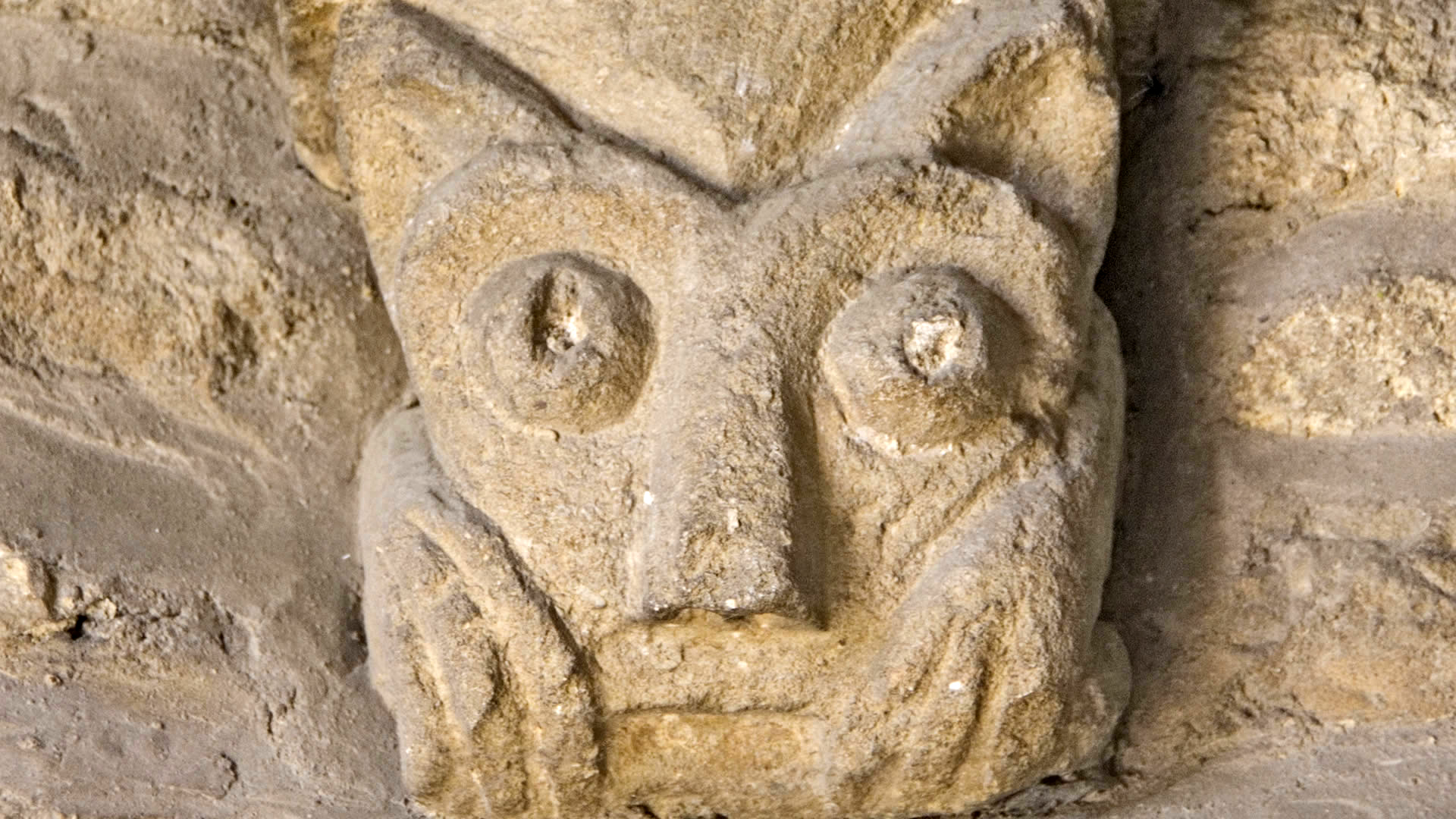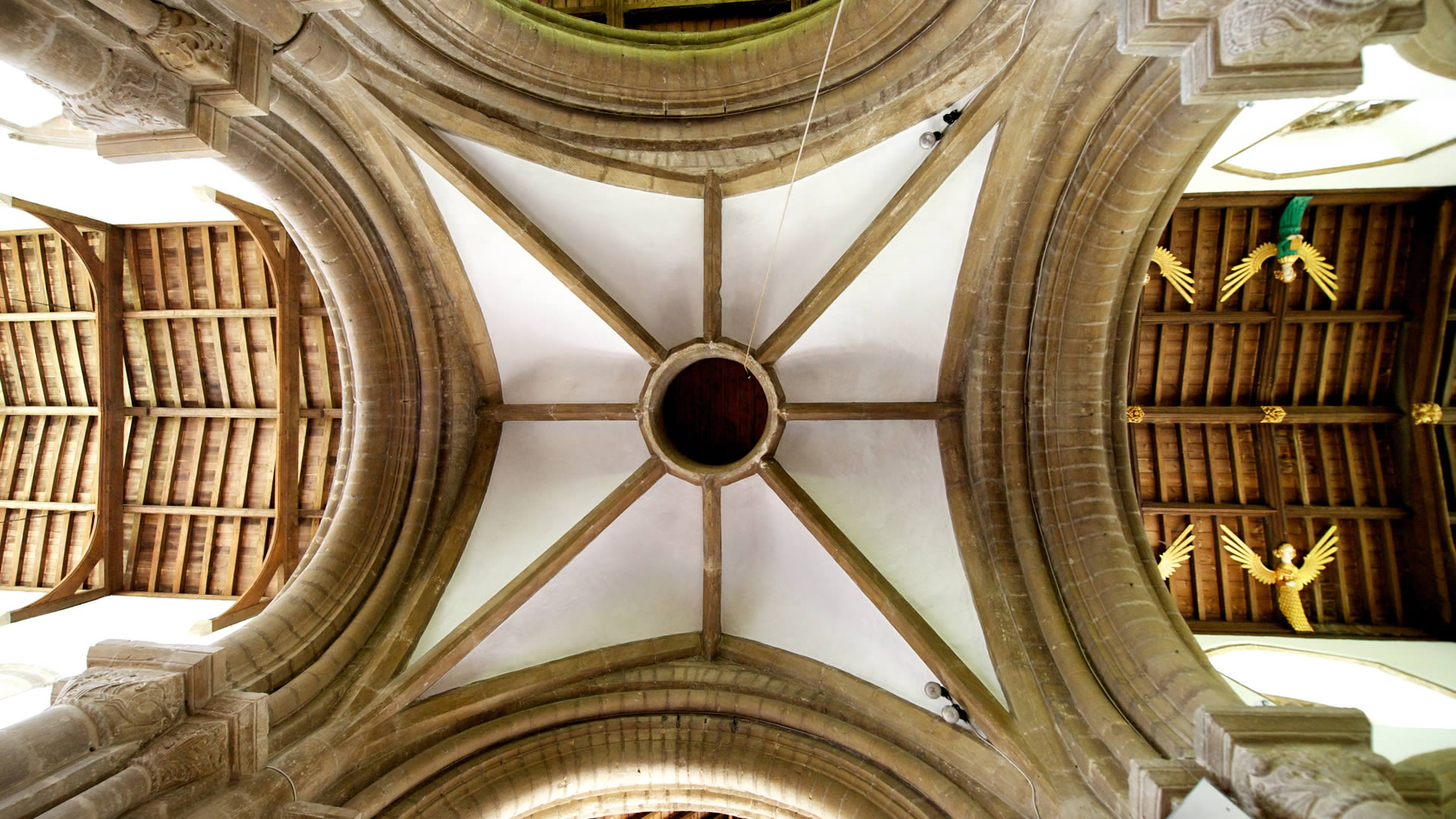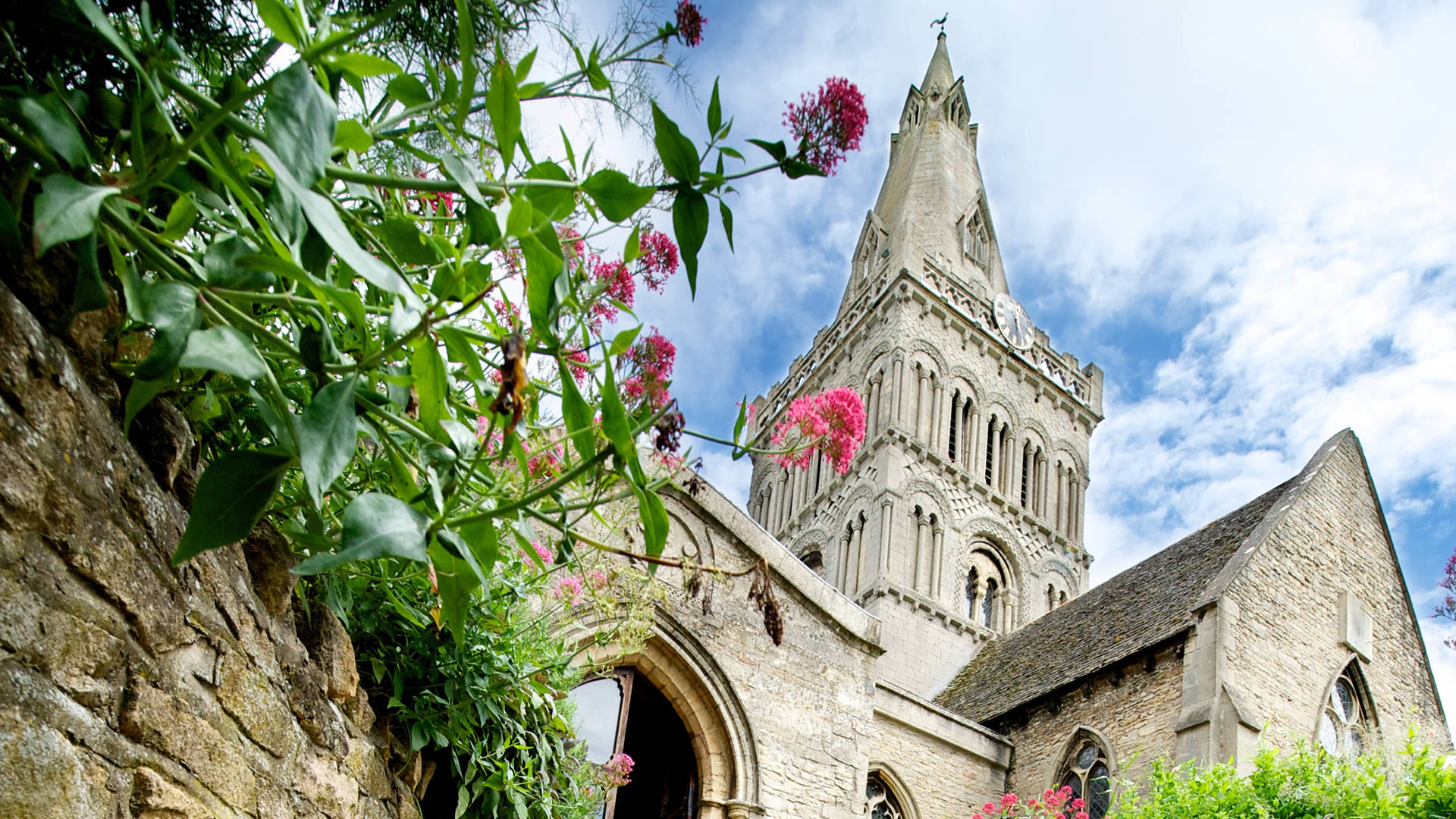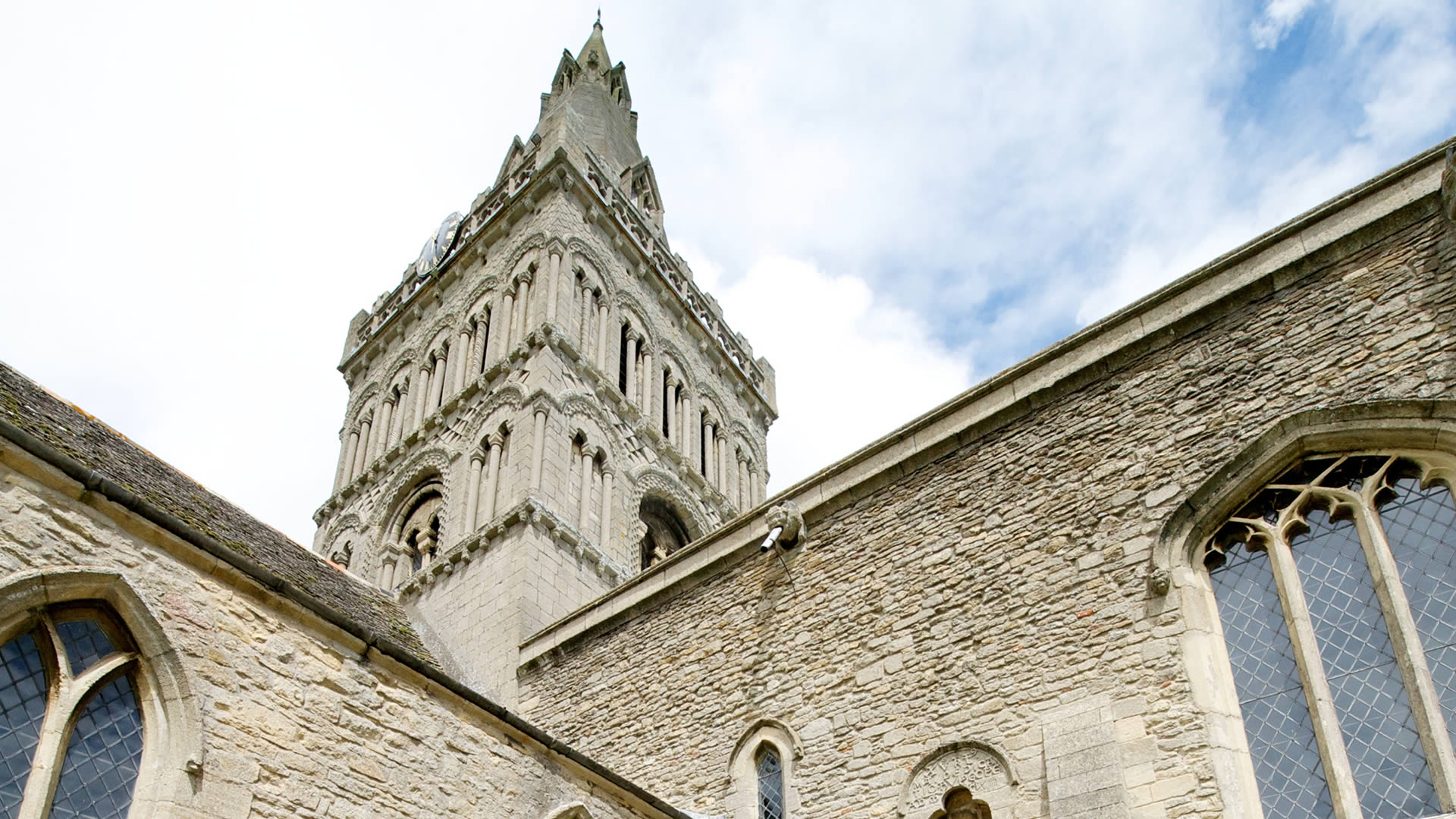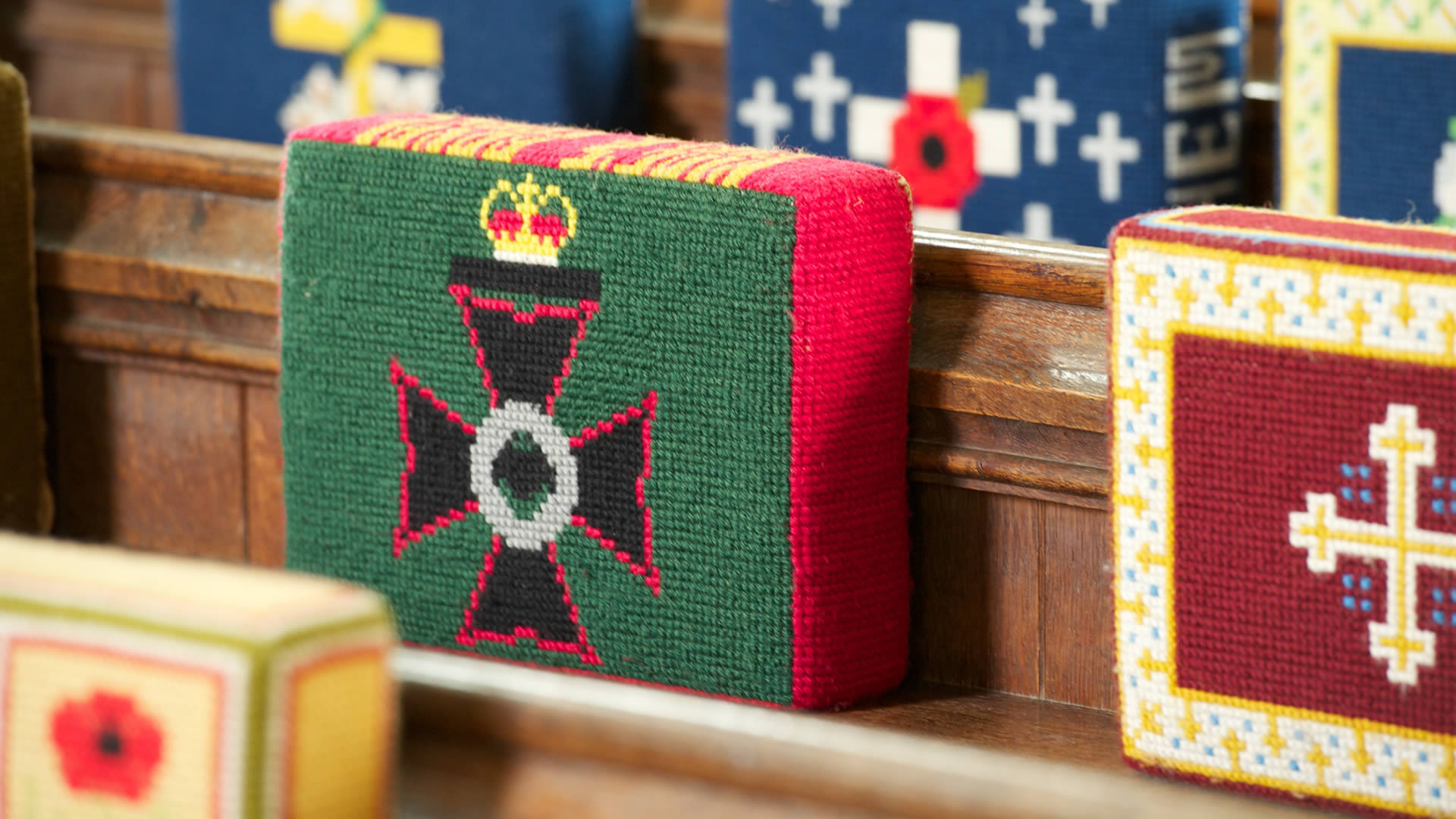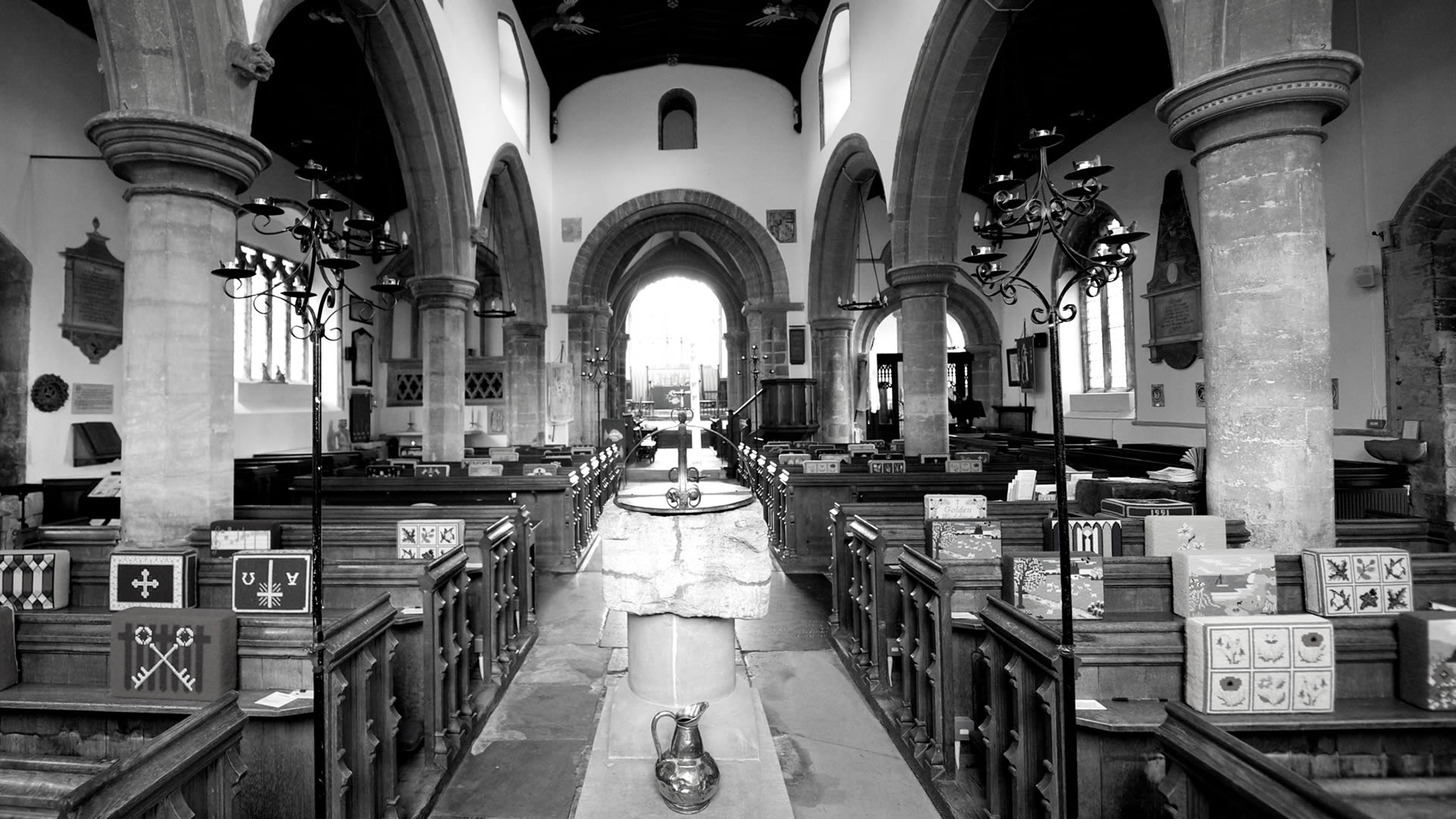The now almost vanished Roman Palace (Praetorium) at Castor was one of the largest Roman buildings in England. Its role is uncertain, however it was a huge building with significant importance, probably administrative. Built in 250AD it was close to the site of Durobrivae. It was abandoned in 450AD and some of its stone is incorporated into the church.
Durobrivae is where the Water Newton treasure, the oldest known communion plate in the Roman Empire, was found. Some scholars argue that this silverware was from the Praetorium at Castor and hidden from raiders by burial. See the work done by Castor Primary School pupils and friends click here > Castor Romans
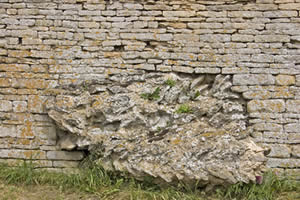 The term Praetorium in this case means a Roman governor’s residence or headquarters but its function is still not fully understood. There have been several theories and suggestions over the years. One supposition is that it was the residence of a Roman provincial governor during the third century AD. Castor would have been in Britannia Superior for most of the third century, then in the province of Maxima Caesariensis for most of the fourth century.
The term Praetorium in this case means a Roman governor’s residence or headquarters but its function is still not fully understood. There have been several theories and suggestions over the years. One supposition is that it was the residence of a Roman provincial governor during the third century AD. Castor would have been in Britannia Superior for most of the third century, then in the province of Maxima Caesariensis for most of the fourth century.
Another possibility is that the building was the headquarters of the Count of the Saxon Shore, a Roman military commander post possibly created by Constantine I during the fourth century AD, whose job it was to govern the military defences of the southern and eastern coasts of Britain from barbarian (Saxon) attacks.
However, all of this is conjecture and there have not yet been any conclusive clues as to the identity of the building’s occupants and its purpose. (left: Foundations still visible in Stocks Hill near the village school)
